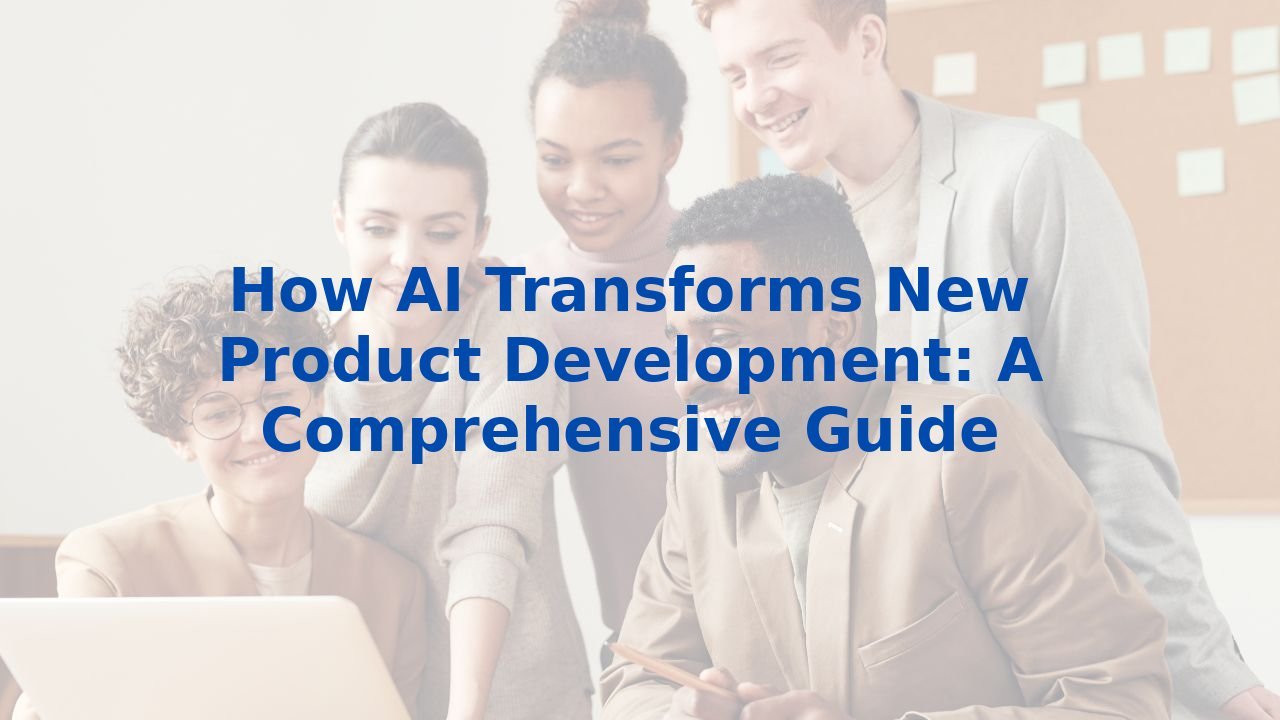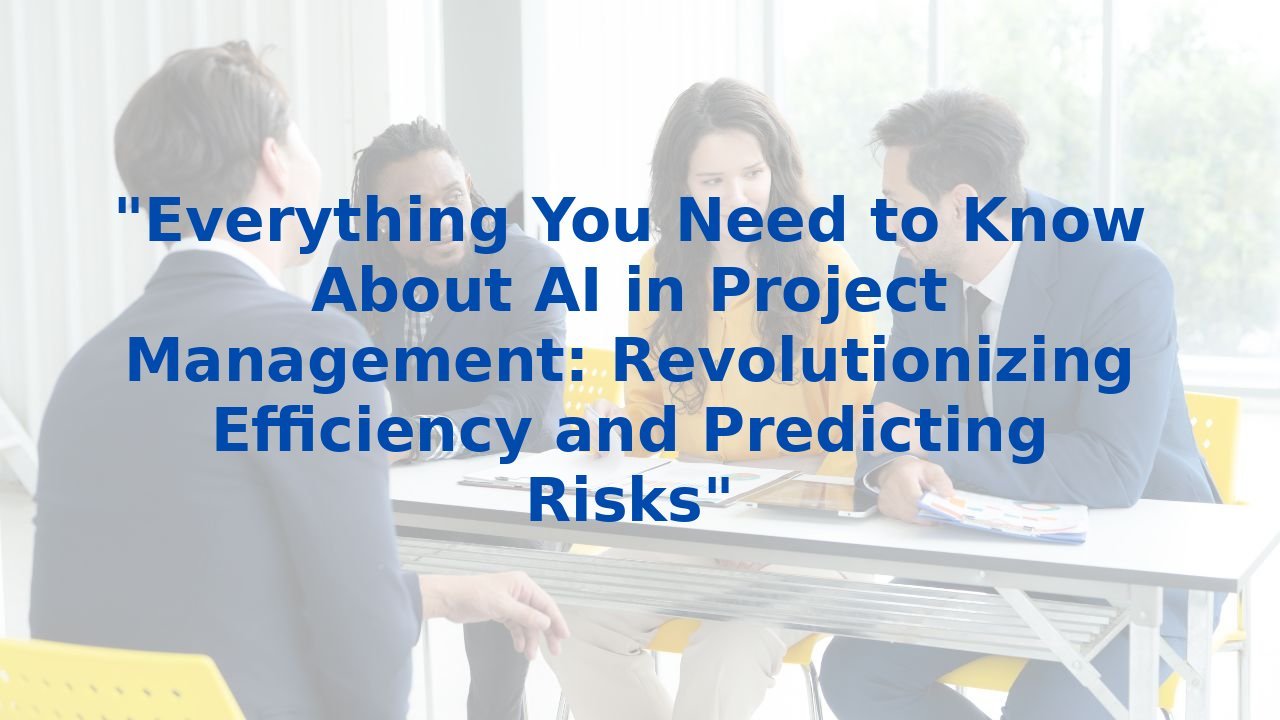How AI Transforms New Product Development: A Comprehensive Guide
How AI Transforms New Product Development: A Comprehensive Guide
In the ever-evolving landscape of product innovation, the journey from concept to market is both thrilling and demanding. A successful product isn't merely born from a brilliant idea. It emerges from a meticulously engineered process that ensures alignment with market demands and customer expectations. This is where artificial intelligence (AI) shines, redefining traditional methodologies and unlocking new pathways to efficiency and success.
The Role of AI in New Product Development
AI's impact on product development processes is profound. By automating repetitive tasks, enabling robust data analysis, and sharpening decision-making capabilities, AI is a catalyst for innovation. Here's how it enhances each critical stage of the product lifecycle:
Idea Generation
AI technology serves as an innovation powerhouse, sifting through extensive customer data, social media trends, and competitive analyses. It identifies patterns and proposes unexpected combinations of features that resonate with real consumer needs. This data-driven approach replaces guesswork with informed insights, empowering creators to develop offerings that genuinely address market gaps.
Design and Prototyping
Generative design tools infused with AI slash the time spent on design and prototyping. These tools evaluate countless design variations within seconds, enabling teams to expedite the exploration of potential solutions. By incorporating sophisticated simulations, AI also helps anticipate issues before physical prototypes are even created, streamlining the development process significantly.
Predictive Analytics and Testing
Imagine being able to predict user behavior even before the product hits the market. AI transforms this dream into reality. By analyzing behavioral patterns, AI allows for the creation of virtual simulations that expose potential usability problems early in the development process. This serves as a powerful feedback mechanism, refining product usability and effectiveness based on anticipated user interactions.
Personalization
With the help of AI, the user experience becomes not just tailored but customized. AI algorithms analyze interaction data to adapt features, content, and interfaces to meet individual user preferences. By effectively predicting user requirements, businesses can enhance customer satisfaction, nurturing loyalty and long-term relationships.
Cost Reduction
AI's automation capabilities relieve product development teams of mundane tasks, redirecting their focus to strategic planning and creative problem-solving. This shift not only optimizes resource allocation but also minimizes waste. By identifying errors early through predictive testing, AI prevents costly reworks and accelerates the time it takes to bring a product to market at reduced costs.
Benefits of AI in New Product Development
The advantages of integrating AI into product development are multifaceted:
- Faster Time-to-Market: Automating various developmental phases eradicates the need for time-consuming manual efforts, facilitating a quicker route to market.
- Predictive Analytics: AI accurately forecasts user behavior and market trends, equipping companies to make astute decisions and sidestep costly missteps.
- Efficiency Improvements: By streamlining resource allocation and minimizing waste, AI bolsters the development process significantly.
- Development Cost Reduction: Automation curbs manual interventions, consequently slashing development expenses.
- Improved Decision Making: AI cultivates data-driven insights that enhance decision-making, ensuring products are grounded in a thorough understanding of customer needs.
The Importance of Training Employees for AI
However, AI's promise can only be fully harnessed when an organization invests in its workforce's understanding of these tools. Training employees to effectively utilize AI is crucial for maximizing its benefits:
- Enhanced Creativity: Exposure to AI tools can unlock new creative avenues, allowing employees to ideate more freely and explore diverse design options.
- Improved Collaboration: AI tools facilitate more productive brainstorming sessions, ensuring all voices within cross-functional teams align with the product vision.
- Data Literacy: Employees equipped with data literacy can adeptly interpret AI-driven insights, leading to more informed strategic decisions.
- Adaptability: Training empowers employees to embrace new technologies swiftly, keeping the organization agile in a rapidly changing tech landscape.
Conclusion
Launching a new product transcends the mere inception of ideas; it relies on a strategic framework that leverages innovative technologies. By integrating AI into product development, organizations can enhance efficiency, elevate decision-making quality, and reduce costs significantly. Furthermore, fostering an environment where employees are trained in AI utilization ensures organizations remain competitive and responsive to market dynamics. Embrace the future of innovation where AI helps turn aspirations into tangible market successes.
To explore how you can leverage AI training for your team, visit Complete AI Training and discover the potential awaiting your organization.



